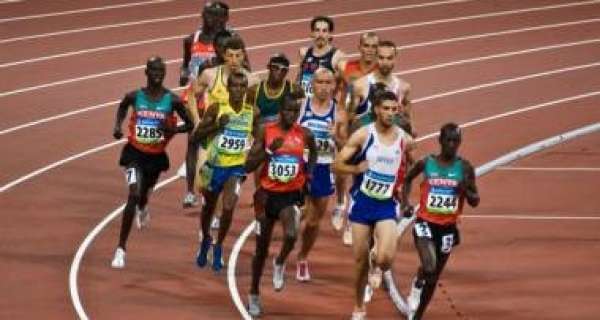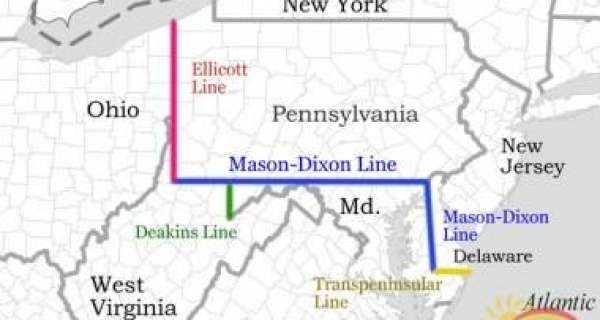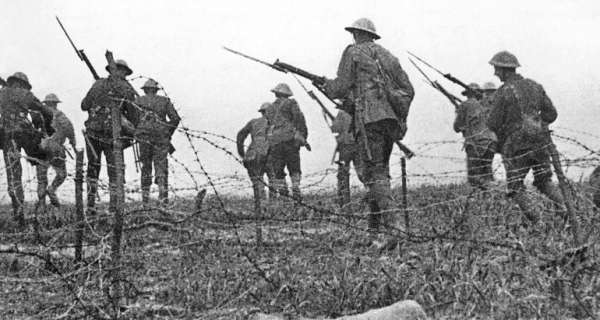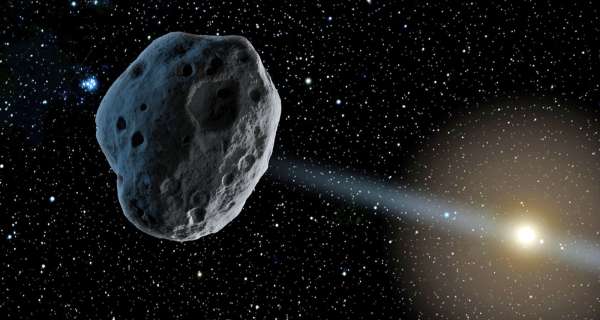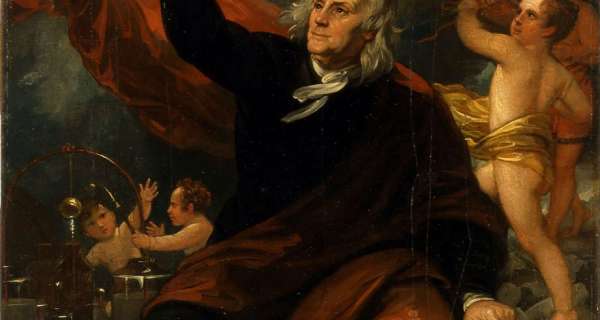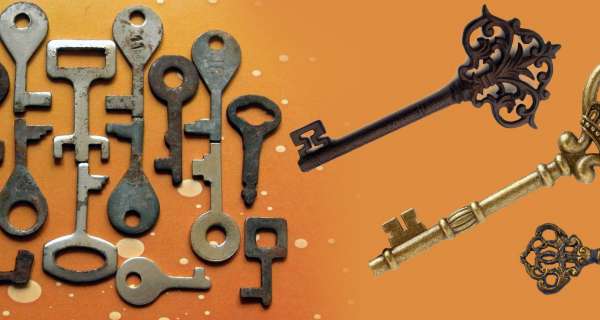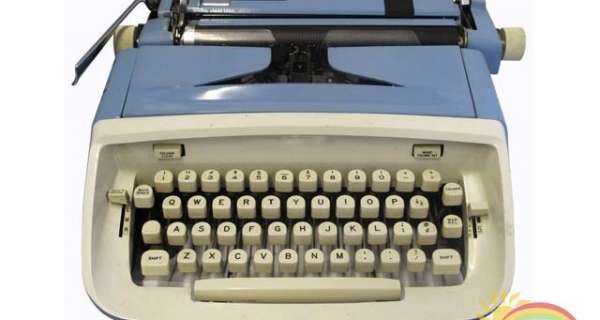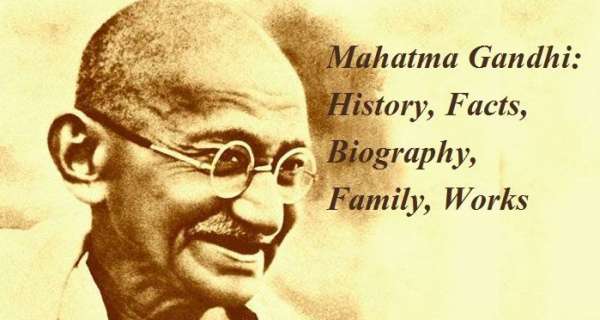Just like a digital camera, it captures light through a small lens at the front using a tiny grid of microscopic light-detectors built into an image-sensing microchip (either a charge-coupled device (CCD) or, more likely these days, a CMOS image sensor). As we'll see in a moment, the image sensor and its circuitry converts the picture in front of the camera into digital format—a string of zeros and ones that a computer knows how to handle. Unlike a digital camera, a webcam has no built-in memory chip or flash memory card: it doesn't need to "remember" pictures because it's designed to capture and transmit them immediately to a computer. That's why webcams have USB cables coming out of the back. The USB cable supplies power to the webcam from the computer and takes the digital information captured by the webcam's image sensor back to the computer—from where it travels on to the Internet.




